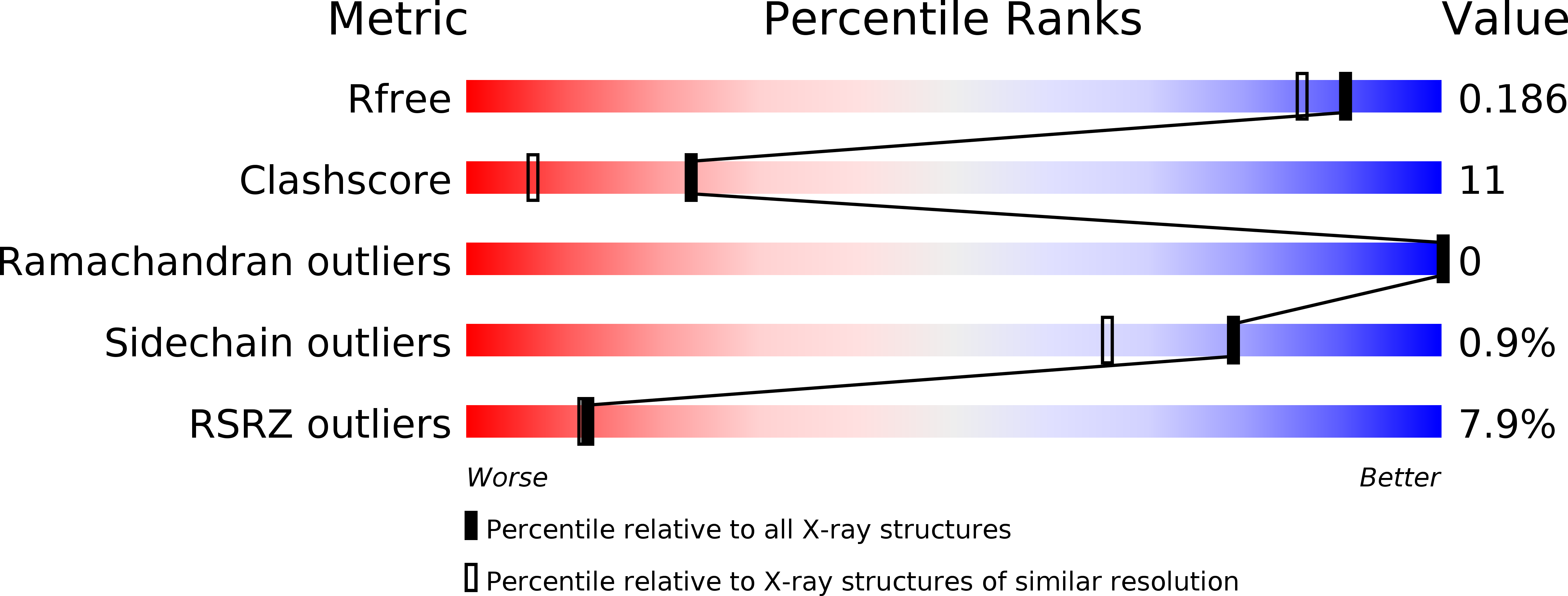
Deposition Date
2011-02-07
Release Date
2011-06-01
Last Version Date
2024-11-27
Entry Detail
PDB ID:
3QN2
Keywords:
Title:
Structure-based design of a disulfide-linked oligomeric form of the Simian Virus 40 (SV40) large T antigen DNA binding domain
Biological Source:
Source Organism:
Simian virus 40 (Taxon ID: 10633)
Host Organism:
Method Details:
Experimental Method:
Resolution:
1.66 Å
R-Value Free:
0.19
R-Value Work:
0.16
R-Value Observed:
0.17
Space Group:
P 65


